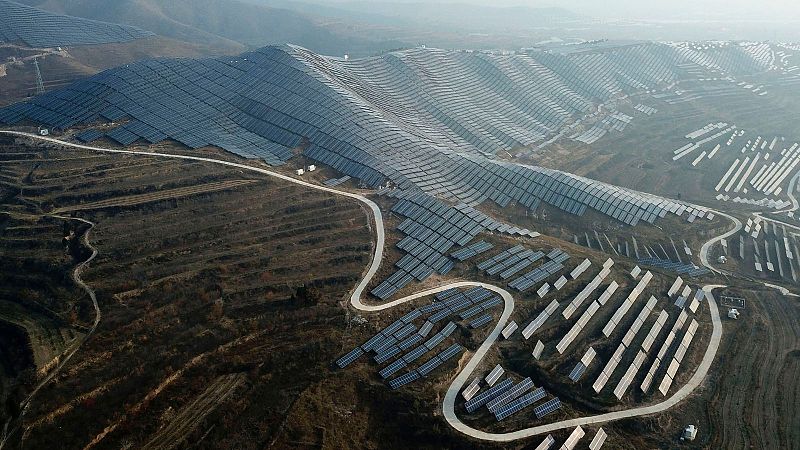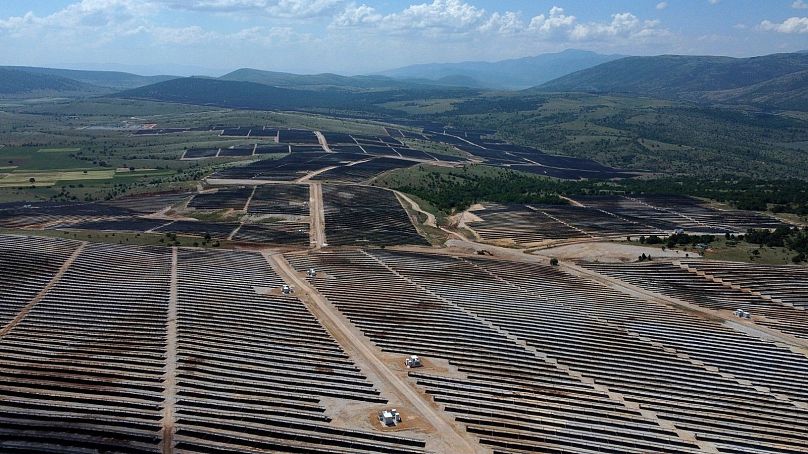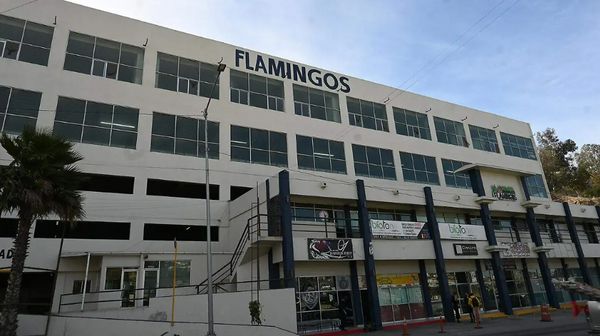
Converting abandoned or soon-to-close coal mines into solar farms could provide enough power to meet the demands of a country the size of Germany, according to a first-of-its-kind analysis.
Researchers from Global Energy Monitor (GEM) have identified 312 surface coal mines that have been shut since 2020, sprawling over 2,089 square kilometres (km²).
Its Global Coal Mine Tracker (GCMT) finds that a further 3,731 km² of mine land is set to be abandoned by operators before the end of 2030 as reserves are run down.
In total, that means an estimated 446 coal mines and 5,820 km² of abandoned land that could be repurposed for solar projects and generate nearly 300 GW of renewable energy. That’s a huge amount - equivalent to around 15 per cent of globally installed solar capacity today.
“The legacy of coal is written into the land, but that legacy does not have to define the future,” says Cheng Cheng Wu, project manager for the Energy Transition Tracker at GEM.
“The coal mine to solar transition is underway, and this potential is ready to be unlocked in major coal producers like Australia, the US, Indonesia and India,” Wu adds.
Where could coal mines be converted?

China is currently leading the pack on coal-to-solar projects. It has 90 such conversions up and running, with a capacity of 14 GW, and 46 more projects in the pipeline. The next four major coal producers above hold nearly three-quarters of the global potential for coal-to-solar transitions, the analysts found.
In Europe, the report singles out Greece - which is “exceptionally well-suited” for turning old coal mines into solar plants.
An average solar potential of 4.45 kilowatts per square meter (kW/m²), a fast-approaching coal phaseout goal of 2026, and a supportive financing environment as an EU member state all make Greece ripe for this transition.
In Western Macedonia in northern Greece, companies have already set to work creating solar parks in the boundaries of the former Amynteo opencast lignite mine. And the country’s EU-funded national recovery plan Greece 2.0 has set aside €175 million to support more solar projects in Central Macedonia.
What are the advantages of turning coal mines into solar plants?
Given the global goal of tripling renewables capacity by 2030, derelict coal mines present a sizable opportunity for the clean energy transition. But the benefits don’t stop there.
“Acquiring land for global renewable energy targets has been rife with conflicts among stakeholders and decision-makers,” acknowledges Hailey Deres, researcher at GEM. Developers are busy exploring overlooked sites for panels - from roadsides to reservoirs and railway tracks - and old coal mines are a particularly fitting location.
“So repurposing degraded lands could provide salient new benefits to former coal communities across the planet,” she continues.
“Repurposing mines for solar development offers a rare chance to bring together land restoration, local job creation, and clean energy deployment in a single strategy,” adds Wu.
“With the right choices, the same ground that powered the industrial era can help power the climate solutions we now urgently need.”
In total, the analysts estimate that 259,700 permanent jobs could be created at coal-to-solar transition sites, and another 317,500 temporary and construction jobs. That’s more than the number of workers the coal industry is expected to shed globally by 2035.
Old coal mines are often just left as a scar on the landscape, but this approach also provides an economic incentive for reclamation and cleaning up the mess left after mining.
“We’ve seen what happens in coal communities when companies go bankrupt, axe the workers, and leave a mess behind,” says Ryan Driskell Tate, associate director at GEM.
“But mined-out coalfields harbour huge potential for powering a clean energy future. It’s already happening. We just need the right mix of incentives to put people to work building the next generation of solar in coal country.”







